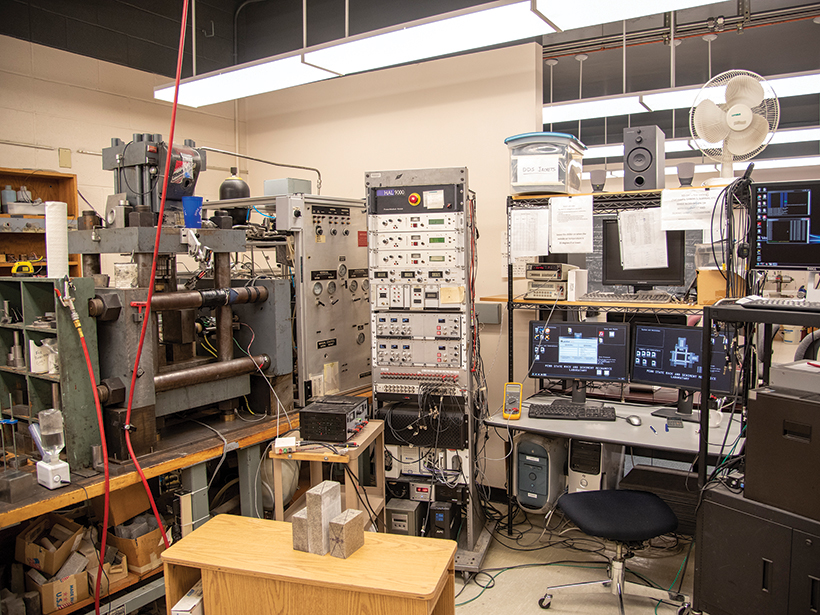Water masses formed off southeastern Greenland may contribute more than previously thought to the variability of the Atlantic Meridional Overturning Circulation, which strongly influences global climate.
S. E. Pratt
Posted inFeatures
Machine Fault
Applying machine learning to subtle acoustic signals from an earthquake machine has revealed big clues about fault behavior in the lab.


